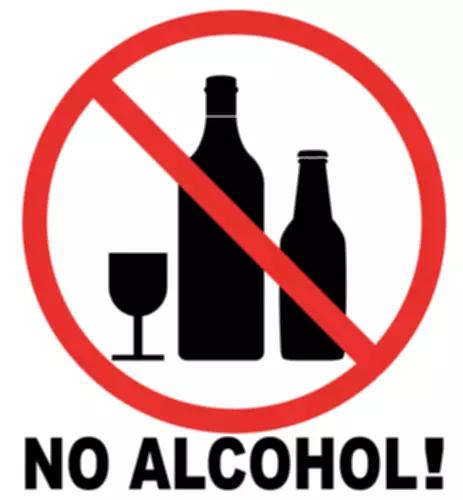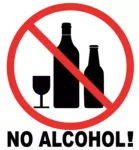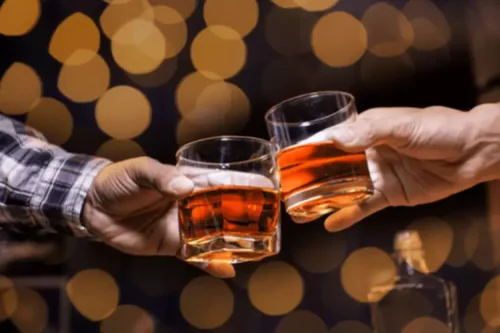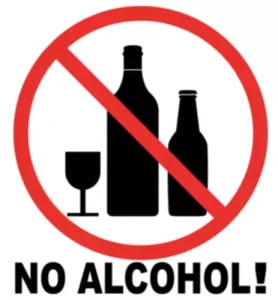New Strategies to Prevent and Treat Opioid Addiction NIH HEAL Initiative

This technique employs a very mild electrical current to block pain signals going from the body to the brain. Cold can be useful soon after an injury to relieve pain, decrease inflammation and muscle spasms, and help speed recovery. When you’re at home, pick up a new hobby or revisit an old one. Painting, board games, playing a musical instrument, woodworking — these and other activities are great alternatives to using drugs. Making a list of the reasons to curtail your drug use—such as feeling healthier, sleeping better, or improving your relationships—can motivate you.

How can an opioid overdose be treated?

Your healthcare professional works with you to create an opioid taper schedule that meets your medical needs while keeping risks to your health low. Though opiate withdrawal is not normally life threatening, the process can lead to symptoms that are difficult to manage. Some effects of withdrawal can even cause serious health complications.

Treating opioid addiction
Let friends and family members know that you need their support. Your doctor, counselor, or therapist may also be able to offer help; several medications are available to help curb the urge to use opioids. Opioid dependence simply refers to the development of tolerance or withdrawal. Tolerance is needing higher doses to produce the same effect or getting less benefit from the same dose over time. Withdrawal is experiencing nausea, diarrhea, a runny nose or other problems when you stop taking opioids. Addiction training should be an essential part of all health professional education.

What is the prognosis for opioid use disorder?
Dehydration due to vomiting and diarrhea is common and could lead to serious health complications. Many people end up in the hospital with dehydration when they’re going through withdrawal. Drinking plenty of hydrating fluids during withdrawal is very important. Electrolyte solutions, such as Pedialyte, may help keep you hydrated. Caffeinated drinks, such as coffee and soda, may worsen a person’s shaking or stimulate tremors.
- This neurotransmitter both decreases your perception of pain and creates feelings of euphoria.
- Narcan works as an opioid receptor antagonist – it binds to opioid receptors and blocks the effects of opiates.
- And instead of references to people being “clean” or “dirty,” people are increasingly using the medical terms “recovery” and “relapse.” It’s gratifying to see this change in the language of addiction.
- Peer support networks, such as Narcotics Anonymous (NA) and recovery advocacy groups, provide platforms for people to share their stories and support one another.
- OUD can impact many areas of a person’s life, including health, relationships, work and much more.
- Medications for opioid addiction (see Table 1) can help with detoxification, the process of allowing the body to rid itself of a drug while helping prevent or ease withdrawal symptoms.
- Depending on your unique situation, our compassionate providers may recommend medical detox or opioid tapering.
They may order drug tests and evaluate prescription drug monitoring program reports. Approximately 3% to 19% of people who take prescription opioid medications develop OUD. People misusing opioids may try to switch from prescription drugs to heroin when it’s easier to get. OUD is a treatable, chronic disease that can affect anyone – regardless of race, gender, income level, or social class. Methadone is an effective treatment for withdrawal from opioids and is used in medication-assisted treatment of serious opioid addiction. It is usually taken orally, in liquid form, or as a tablet or wafer.
Can a person overdose on prescription opioids?
For this reason, motivational interviewing or motivational enhancement therapy is an important step in helping people who use opioids prepare to quit before they attempt to do so. The approach guides them through the various stages of change. Some opioids have such a strong affinity for opioid receptors that they can overcome naltrexone and displace it, allowing them to exert their effects anyways, Wade explains. Wade also explains that changes in the available formulations can help improve its delivery and medication adherence. Previously, buprenorphine was only available as a sublingual tablet or film that dissolves under the tongue. This formulation typically had to be taken two to three times daily.
- Opioids are drugs that activate opioid receptors in the body and block pain signals.
- In this system of contingency management, failure to comply with treatment results in job loss, imprisonment, and loss of reputation.
- If you try to cut back on your opioids or stop too quickly, you’re more likely to crave them and try to find opioids elsewhere to make your symptoms or pain stop.
- The changes can result in harmful behaviors by those who misuse drugs, whether prescription or illicit drugs.
- As you go through the process, be sure to report ongoing side effects to your doctor.
Behavior therapy
In general, it is important to closely monitor women who are trying to quit drug use during pregnancy and opioid addiction treatment to provide treatment as needed. While naloxone has been on the market for years, a nasal spray (Narcan, Kloxxado) and an injectable form are now available, though they can be very expensive. Whatever the method of delivery, seek immediate medical care after using naloxone. Genetic, psychological and environmental factors also play a role in addiction, which can happen quickly or after many years of opioid use. Opioids attach to things called receptors on nerve cells in your brain, spinal cord, and other places to block pain messages that your body is sending to your brain. They also trigger your brain to release dopamine, a chemical that makes you feel good.
In addition to all other limitations and disclaimers in this agreement, service provider and its third party providers disclaim any liability or loss in connection with the content provided on this website. Families, friends, and colleagues can also contribute by adopting a non-judgmental attitude and providing emotional support. Instead of focusing on past mistakes, loved ones can emphasize the positive steps someone is taking toward recovery. Building a supportive and understanding environment can help individuals feel valued and empowered to continue their recovery journey.



